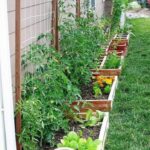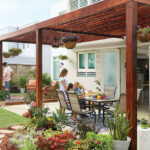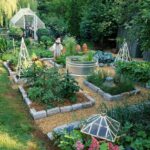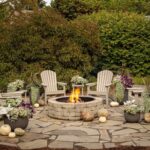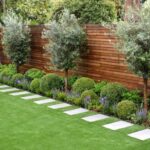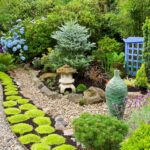When it comes to creating a backyard garden design, there are endless possibilities to choose from. One popular trend is creating a multi-functional space that can serve as both a relaxing oasis and a practical area for growing fruits, vegetables, and herbs. By incorporating raised beds, trellises, and containers, you can maximize the use of your space and create a visually appealing garden.
To add visual interest to your backyard garden, consider mixing a variety of plants with different textures, colors, and heights. Planting tall shrubs or trees along the perimeter can create a sense of privacy and enclosure, while groundcover plants can fill in gaps and provide a lush backdrop. Adding seating areas and pathways made of natural materials like wood or stone can further enhance the overall aesthetics of your garden.
Incorporating water features such as fountains, ponds, or cascading waterfalls can add a soothing element to your garden and attract birds and other wildlife. Installing outdoor lighting can also create a magical ambiance in the evenings and extend your enjoyment of the garden into the night. Additionally, using eco-friendly practices like composting and rainwater harvesting can help minimize your environmental impact and promote sustainability in your garden.
To make the most of a small backyard garden, vertical gardening techniques like trellises, arbors, and hanging planters can help maximize space and create a lush vertical garden. Growing vine plants like tomatoes, cucumbers, and beans on trellises or arbors not only saves space but also adds a sense of depth and visual interest to your garden. Similarly, hanging planters can be used to grow herbs, flowers, or succulents, adding pops of color and greenery to vertical surfaces.
When designing your backyard garden, consider the specific needs of the plants you choose, including their sunlight, water, and soil requirements. Grouping plants with similar needs together can help simplify maintenance and ensure that each plant thrives in its environment. Additionally, incorporating elements like compost bins, rain barrels, and pollinator-friendly plants can help create a self-sustaining ecosystem that benefits both your garden and the surrounding environment. Ultimately, the key to a successful backyard garden design is to create a harmonious balance between functionality, aesthetics, and sustainability.

